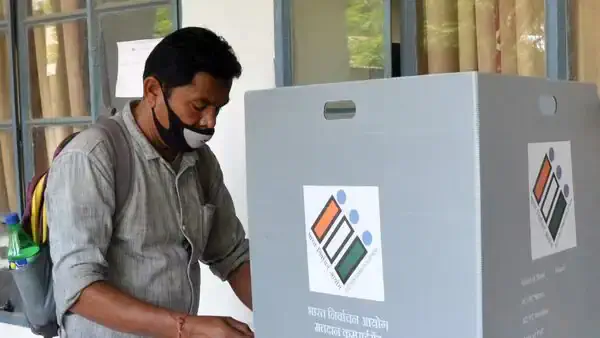
Voters have the option to “refuse to vote.”
Amid efforts to maximize voter turnout, a little-known provision allows electors the right to abstain from voting even after registering at a polling booth. As per Conduct of Election Rules 1961, Rule 49-O elaborates the option for voters to “refuse to vote” separately from choosing the None of The Above (NOTA) option.
After verification at the booth, the presiding officer will remark their name in Form 17A and take their signature if a voter refuses to vote.
“This has existed, but voters are generally unaware,” said an Election Commission official, adding that it maintains transparency while checking bogus voting. Refusing to vote will not impact results—the candidate with the highest valid votes wins.
In the 2019 elections, 1,389 votes were rejected nationwide under polling stations’ “other reasons” category. It isn’t clear how many exercised the 49-O rule.
If a voter refuses after the control unit records their vote, presiding officers will have to restart the Electronic Voting Machine process before the next ballot.
With the EC stressing maximizing participation, voters should also be aware of this abstention option. Its use provides genuine non-voters with a formal process without invalidating the poll.
Awareness could be enhanced, but the EC currently has no specific plans. The rule ensures a checking mechanism and the right to reject all candidates.



